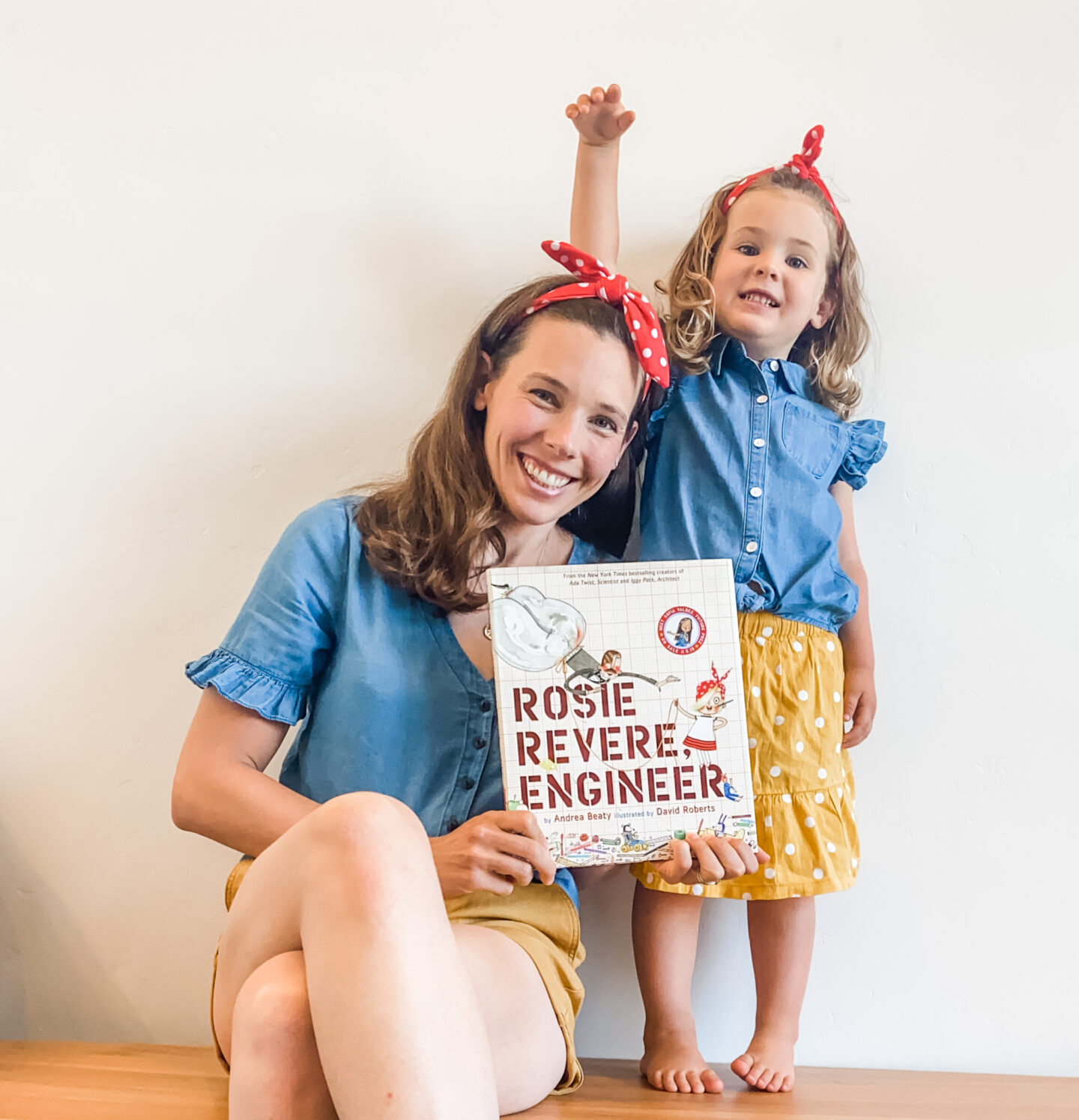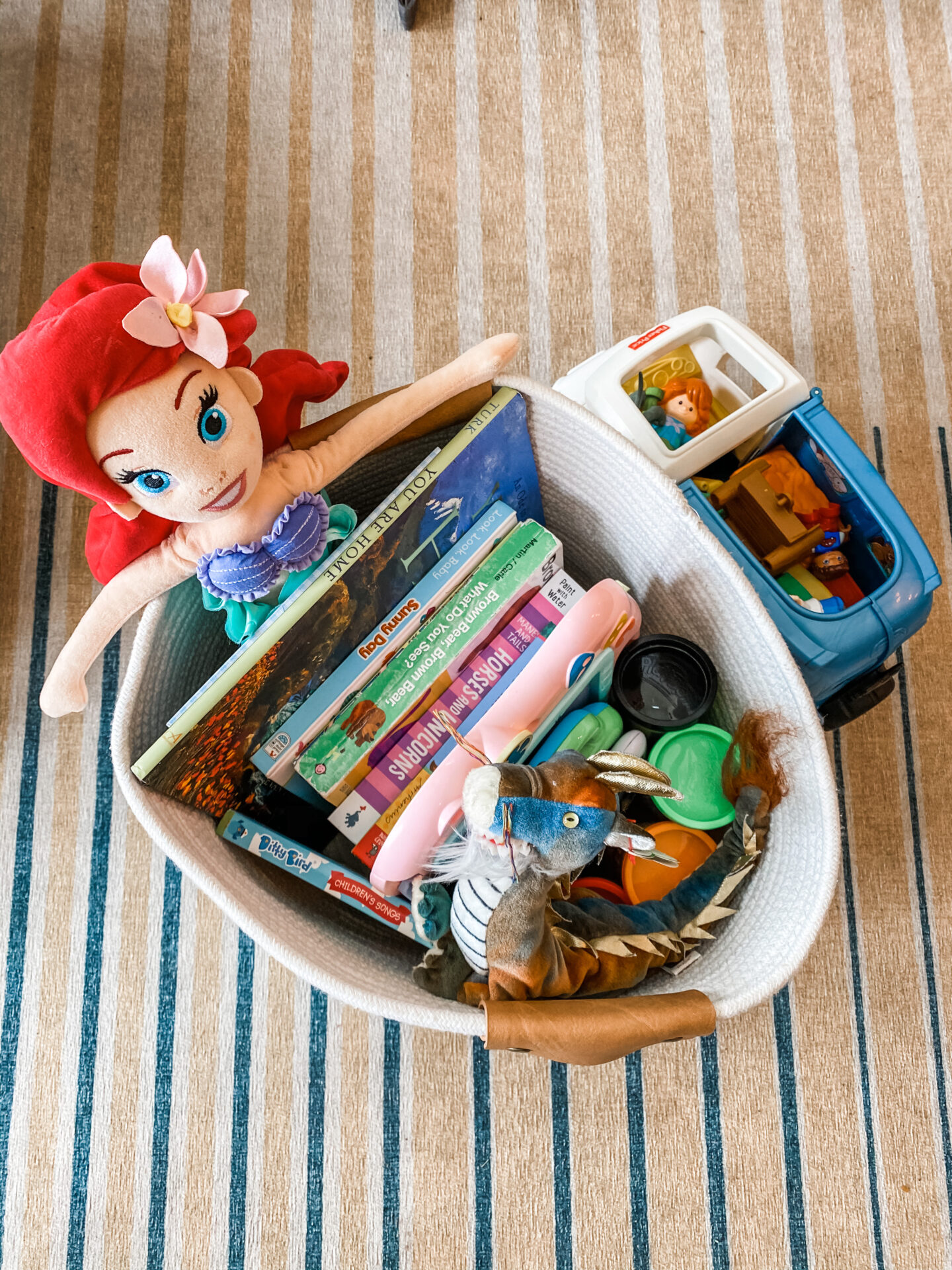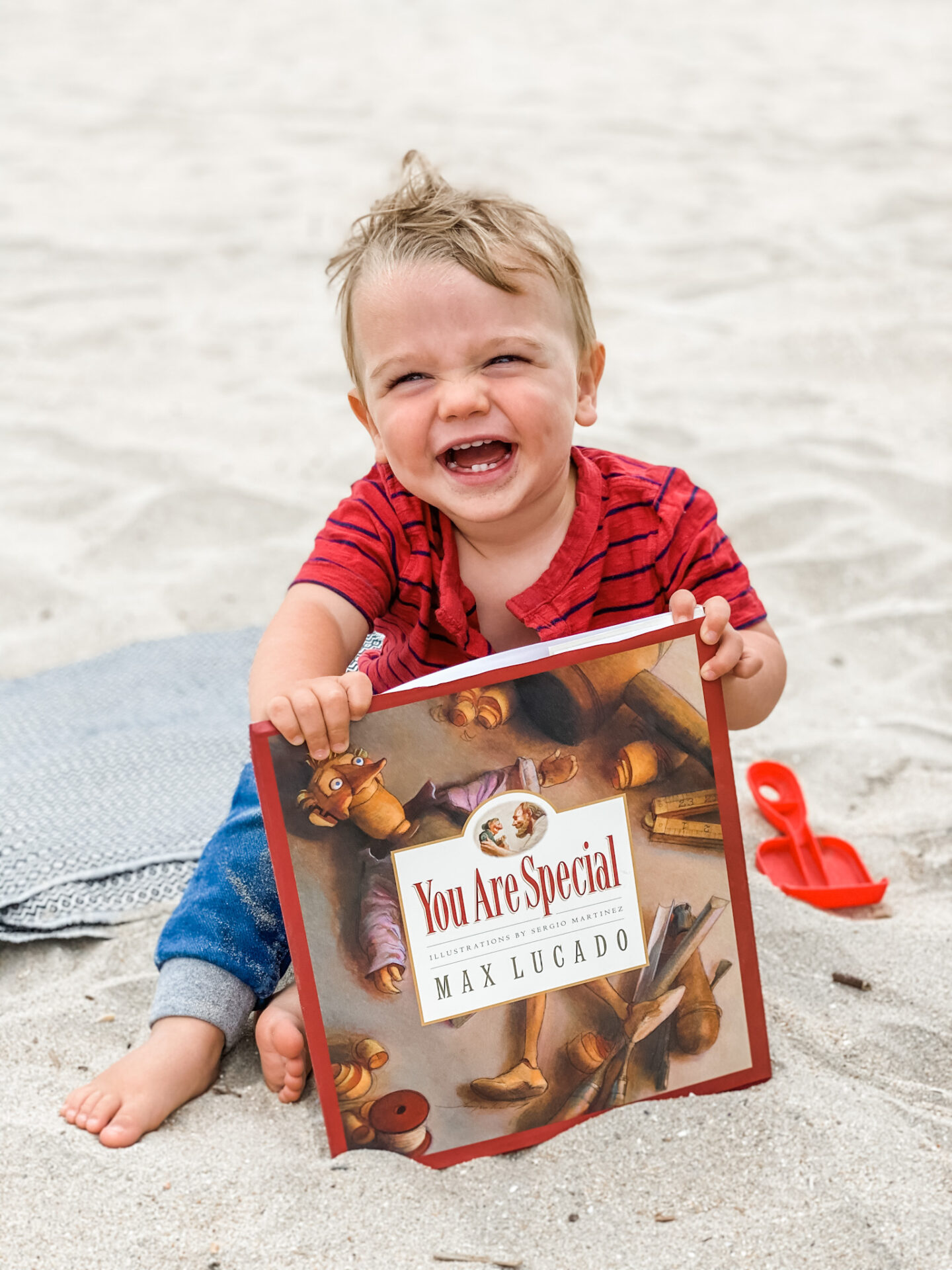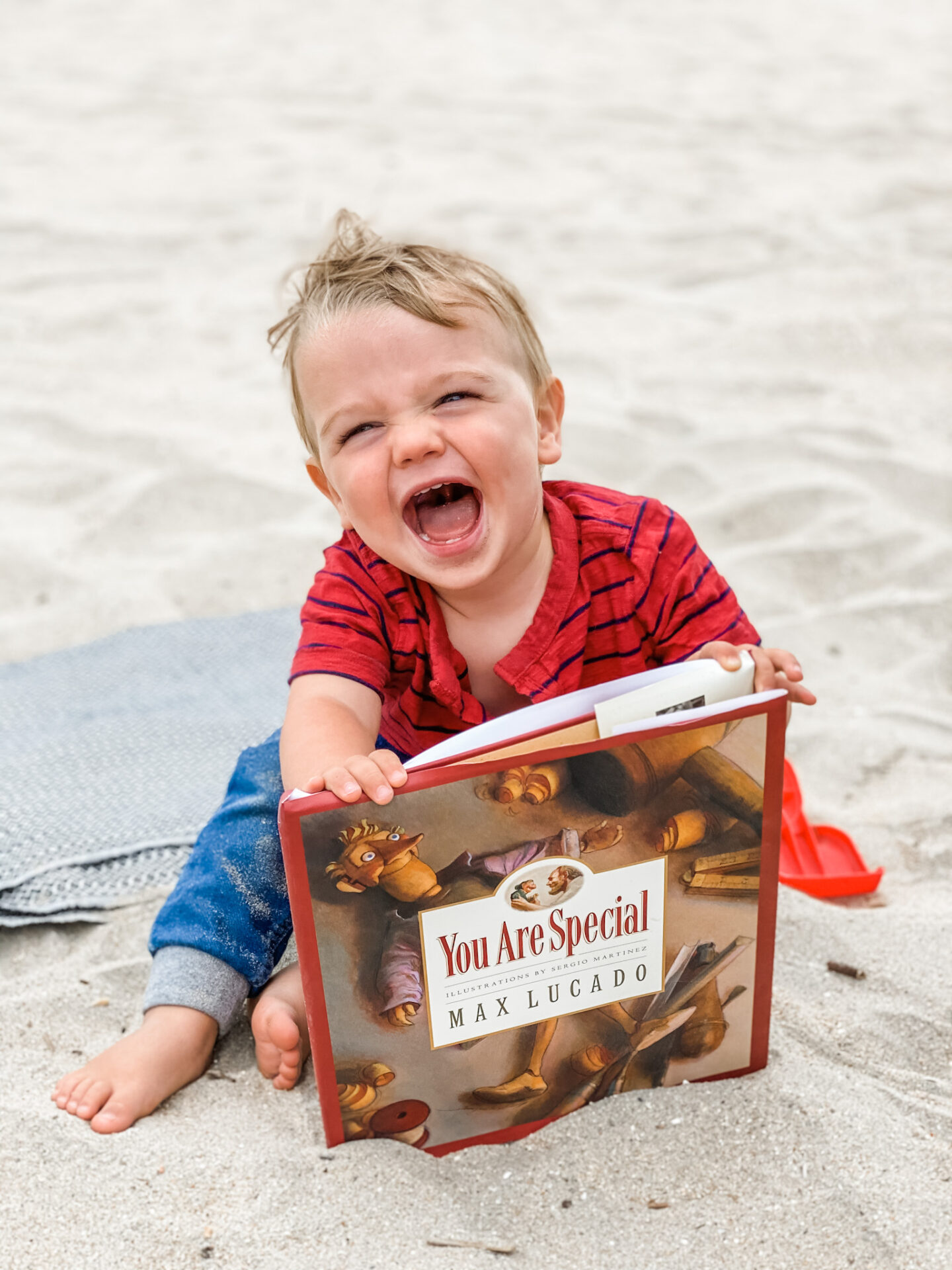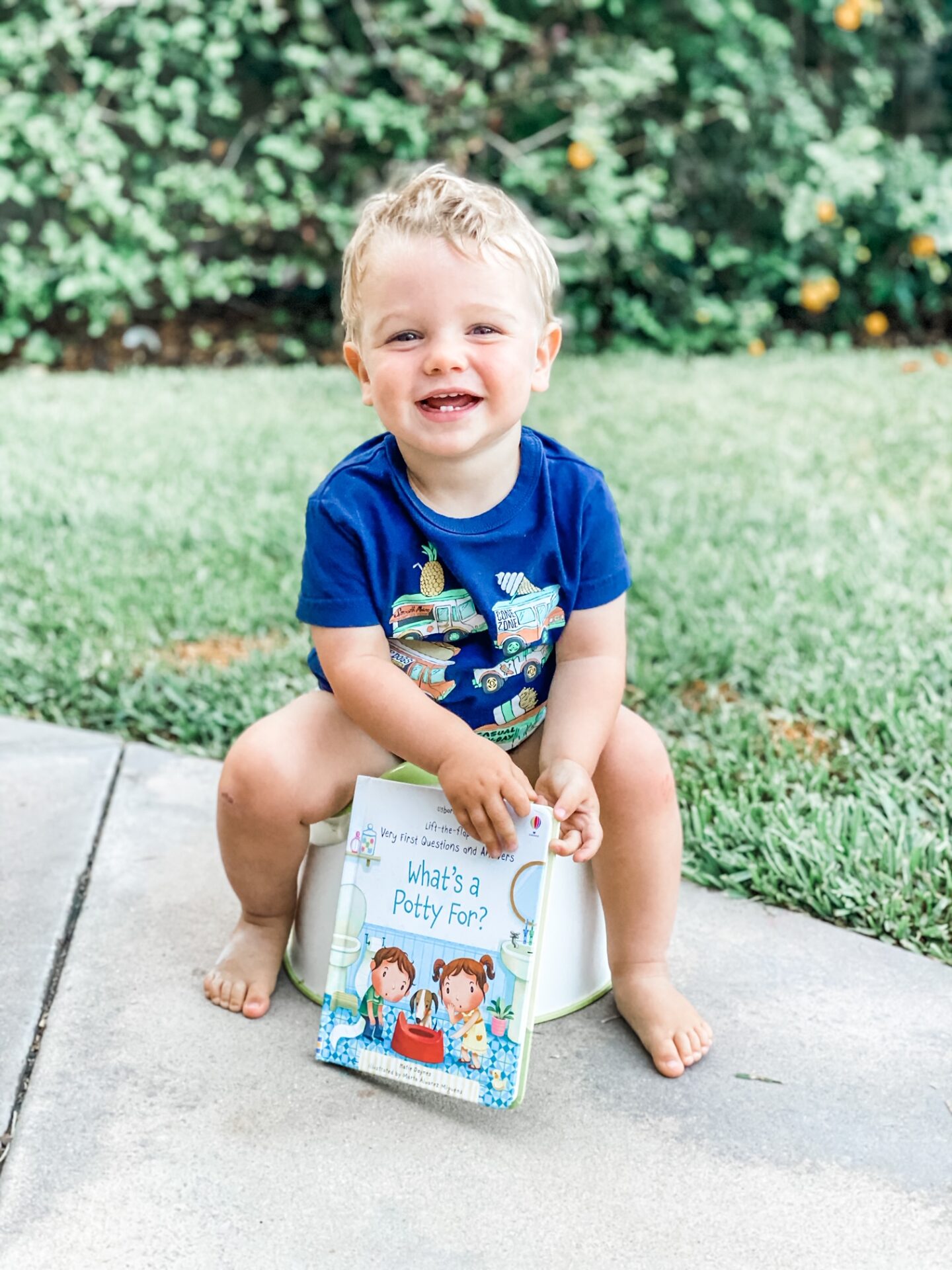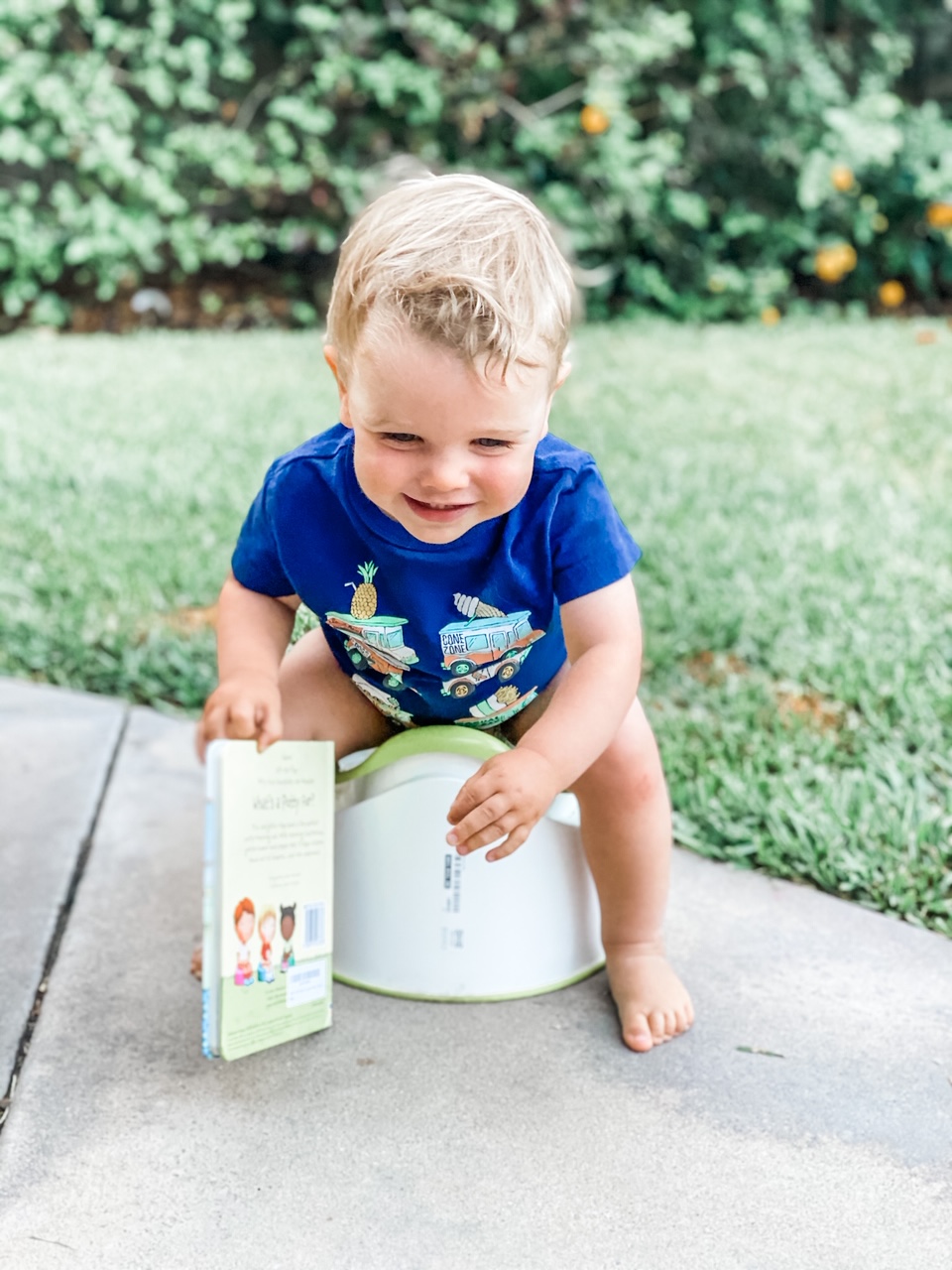What I’m Reading:

One to Watch by Kate Stayman-London
Confession: I was a one-time Bachelor super-fan. I used to throw watch parties, and organize Bachelor brackets. However, I have been bored to tears by the last few seasons, and didn’t even finish the last one (cue tiny violins). I may be aging out of the franchise, but I also think the contestants these days are a real snooze. In fact, I want ABC to stop letting people apply, and start selecting contestants at random. (Pull some lucky ladies off the street for goodness sake, just stop with the Instagram models!) But anyway, I digress.
One to Watch is set in a parallel Bachelor universe. The protagonist, a plus-size fashion blogger named Bea, has some issues with self-worth, stemming largely from her experiences in high school and college, and compounded by a stinging rejection later on. One night, she impulsively (aka drunkenly) composes a scathing critique of the show “Main Squeeze,” (Aka The Bachelor) and posts it to her blog. The essay goes viral and ends up landing her the title of first plus-size Main Squeeze lead. Naturally, excitement, uncertainty, self-doubt and romance ensue.
Is it unrealistic? Of course! Is it wildly entertaining? Even more so! While the plot was pretty predictable (especially if you have watched even one season of the actual Bachelor), and there were a few times when I rolled my eyes, I’ll admit I couldn’t put it down. I really grew to love this main character and a few of the men vying for her heart.
I love that the story was fun, but also thoughtful, and gave me the feel-good ending I’m always looking for. I hope there’s a sequel in the works, because I want to know what Bea does next. If you’re looking for your next beach read, this is it.
One To Watch (Click to Purchase)

All Boys Aren’t Blue by George M. Johnson
I’m actually listening to this one via Audible.com, which I would highly recommend, as it is read by Johnson. I absolutely LOVE hearing authors read their own books, as it makes me feel like I’m really getting the truth (in terms of tone, feeling, emphasis) of the story.
This book is a collection of “essays” (chapters? journals?), in which Johnson describes their experience growing up as a queer person of color. Some of the stories are heartbreaking, and some are hopeful, and Johnson and their grandmother are both real-life heroes worth rooting for.
While the hitherto untold stories of queer people of color are important in and of themselves, Johnson also touches on universal themes like childhood trauma (and who gets to define it), social isolation, and the societal roles kids can be funneled into by their families and communities at a very young age.
It’s definitely worth the read, or the listen, and really gave me something new to think about.
All Boys Aren’t Blue (Click to Purchase)

What We’re Playing:
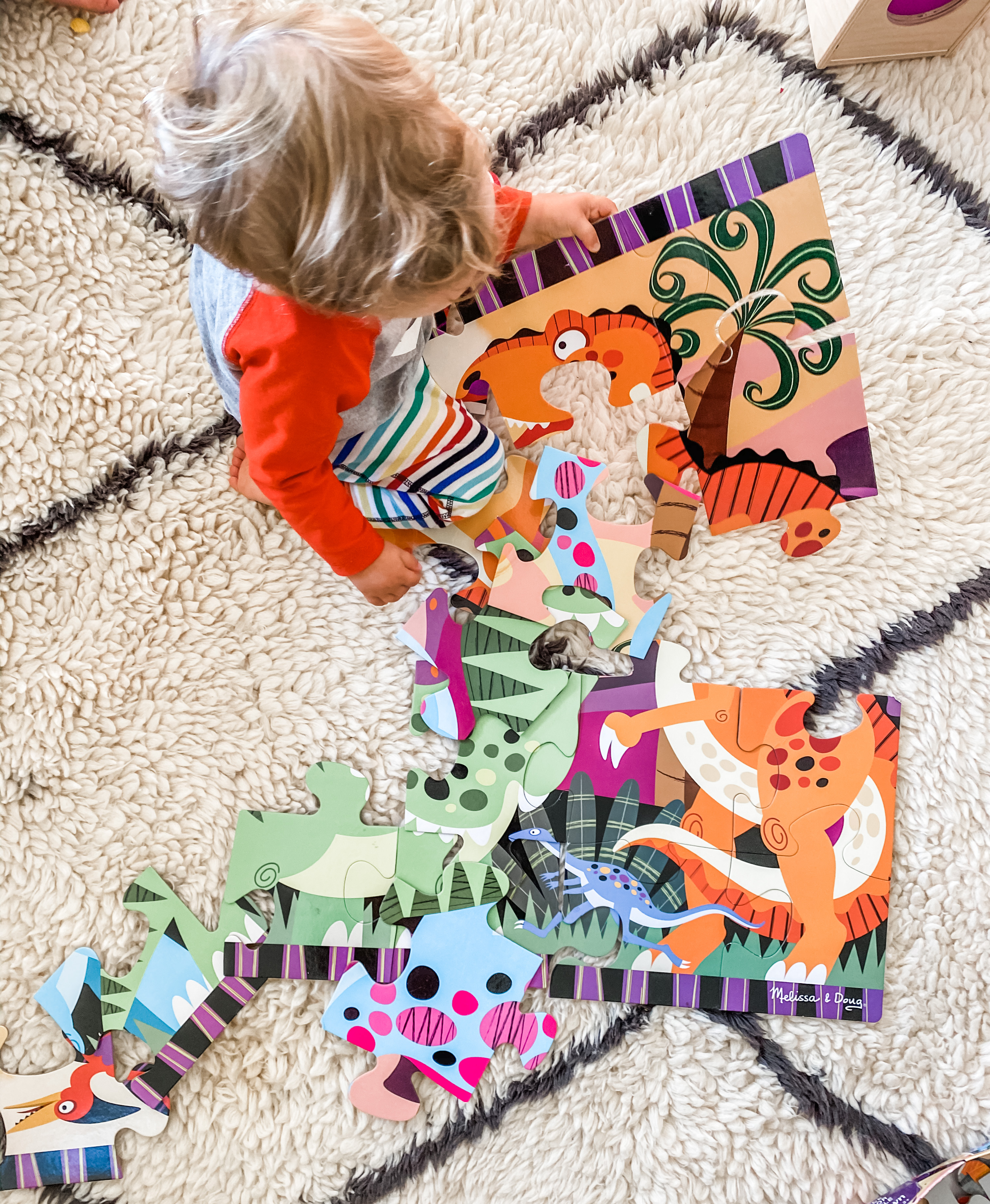
We’ve gone full puzzler over here! During our vacation in Yosemite National Park last week, we were delighted to discover that our rental house was bursting at the seams with puzzles. After joyfully tossing approximately 3000 puzzle pieces onto the floor, and then vigorously mixing them up, my daughter decided that she wanted me to re-sort them so we could puzzle together (sigh). Yet despite the rough start, we had a ton of fun puzzling together, and it inspired me to get back into the puzzle game at home. While we already owned a few puzzles (including this awesome Melissa and Doug Dinosaur Puzzle), Margot has outgrown most of them. So, before we arrived home, I ordered this Disney Princess Puzzle, and this Little Likes Kids Puzzle. I’ve really enjoyed teaching her puzzle strategy (edges first, then major landmarks, of course), and watching her feel successful when she figured it out on her own.



What We’re Eating:
I have been eyeing Nora’s (of Purely Nora) Carrot Cake Breakfast Cookies for a while now, but shredding carrots seemed like a lot of work, so I kept putting it off. (I’m a very lazy chef.) However, I was feeling bold today, so I went for it, and I am so glad I did. The carrot shredding was literally nothing (I somehow thought it would take like an hour, instead of maybe four minutes…), and the cookies were delicious. They’re not very sweet (they’re healthy cookies, so that’s kind of the point), but they have a nice bready texture, with a slight crunch from the chia seeds and walnuts. I’m sold, and will definitely be making them again.
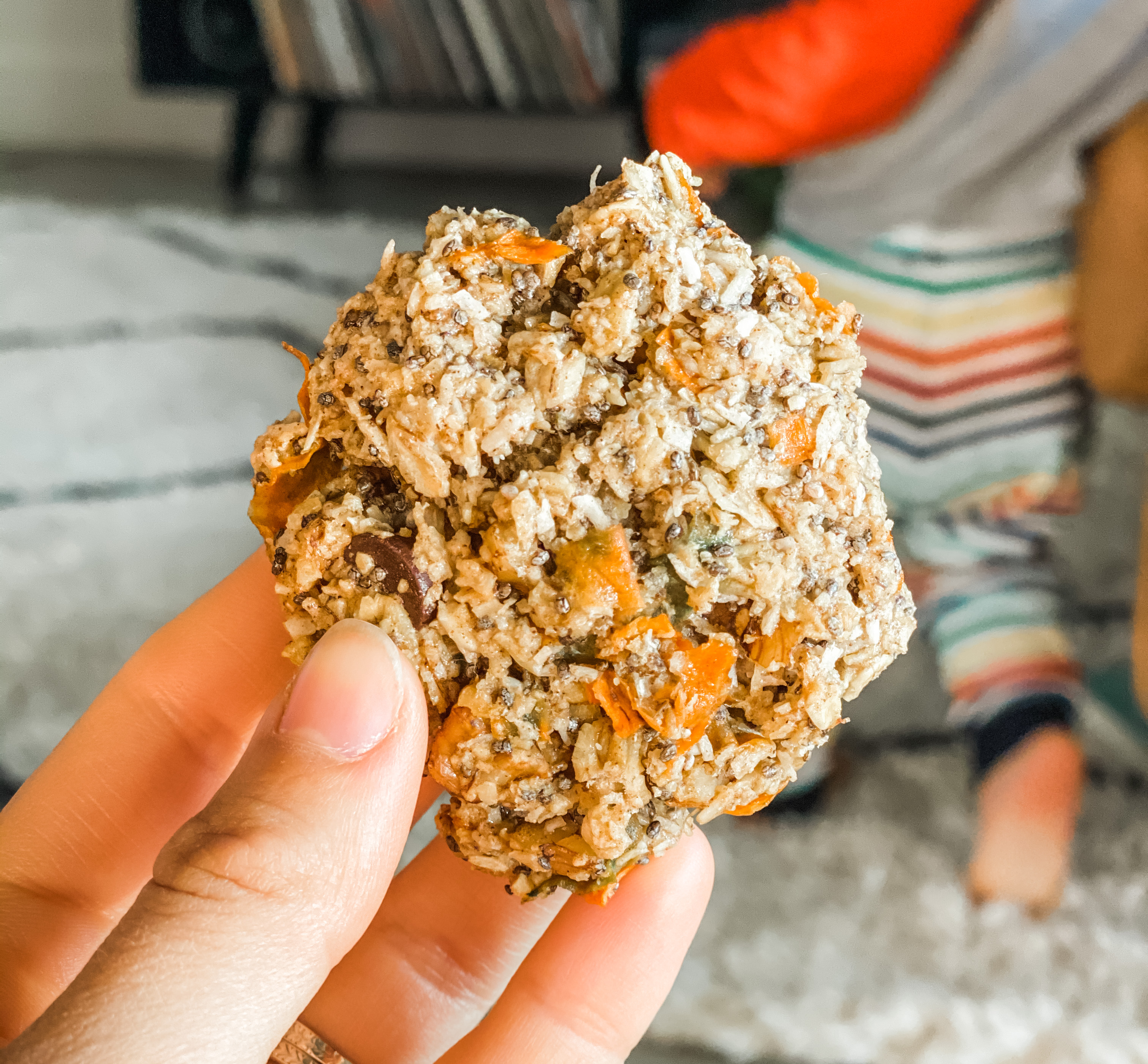
What I’m Listening To:
This week I listened to an old episode of the Sure Babe podcast, called “Trauma, Bodily Wisdom and Nonlinear Movement with Michaela Boehm”
This episode was all about strategies for coping with anxiety, and how to harness the “wisdom of the body” to begin the work of dealing with, and overcoming, past trauma. At one point, the host said, “I was traumatized in motherhood,” and I was honestly shooketh–in the best way, of course. The cult of positivity surrounding motherhood is obviously well-intentioned, but I often find it stifling, and even kind of oppressive. My kids are the absolute best things in my life, and I love them fiercely, but motherhood, for me, has also terrifying, and exhausting and, at times, traumatizing. To hear someone else speak this truth so publicly was really affirming for me, and I highly recommend this episode to all the moms out there!
What I’m Watching (or not watching):
You may or may not know that this section of the blog was previously dedicated to my most favorite reality T.V. show, Vanderpump Rules. If you care at all about the reality T.V. world, or pop culture in general (which, if you don’t, BRAVO because you are a better person than I), you probably heard that several of the cast members from this show were recently fired due to their racist tweets, and/or hostile actions towards one of the only African American cast members on the show. You can read about the details here.
I’ve known for a while that this show isn’t good for me, or humanity in general, but this was really the straw that broke the camel’s back. So, I will be saying adieu to my guilty pleasure, and moving on to greener pastures (Below Deck? Selling Sunset? The Real Housewives? There is really no lack of good alternatives in the trash T.V. department). I will also be renaming this section of the blog “Week in Review,” which sounds a little more grown-up anyway. Thanks for reading all and I hope you have a fabulous week of family, fun and, of course, reading, ahead of you!
